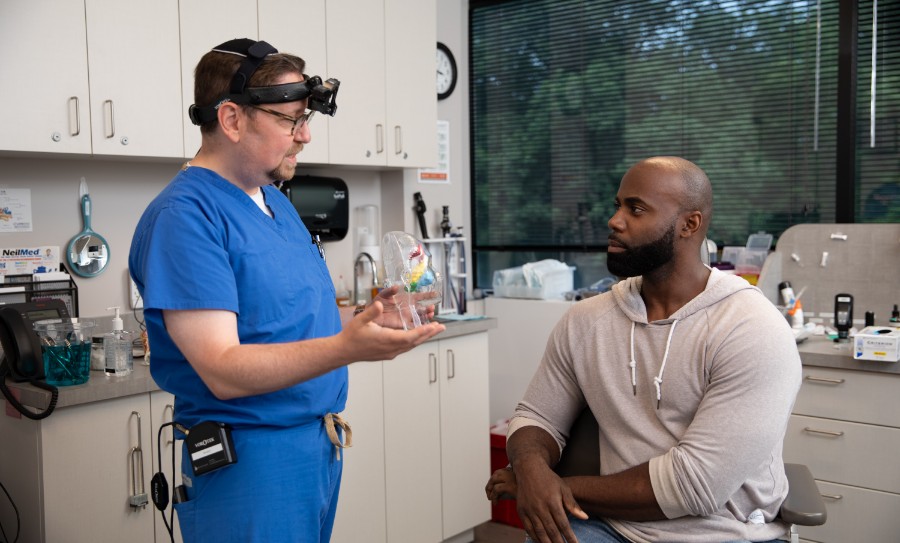
Nasal obstruction can be a real pain, and sometimes the culprit is a deviated septum. While medication and nasal sprays may provide temporary relief for swelling and congestion, they won't solve the root of the problem. But don't fret—there's a solution: septoplasty surgery. By adjusting the placement of your septum, this procedure can alleviate your nasal obstruction for good.
It's important to note that this surgery is typically only performed once your nose has fully matured, usually in your late teens. If you're experiencing nasal blockage due to a deviated septum, be sure to consult with a medical professional to explore your options. With the right treatment, you can breathe easy once more.
Steps of Septoplasty
- Anesthesia
- Incision and elevation of septal flaps
- Excision and removal of septal cartilage
- Excision and removal of septal bone
- Suture closure
What to Expect from the Recovery
Since the surgery is done within the nose, there should be no external scars, external nasal swelling, or black eyes. After surgery, there can be some tenderness. This can usually be managed with OTC Tylenol, although the doctor may prescribe a pain reliever. Also, most patients will be stuffy and have some bloody drainage for at least the first few days.
Typically, nasal “packing” is not used though some doctors will place soft silicone septal “splints” to help support the septum and compress the septal flaps against each other. The nose is relatively stable by 3-6 months after surgery, though some changes can rarely occur up to a year or more afterward.
Unveil Your Ideal Aesthetic
The world of facial plastic surgery and septoplasty can feel daunting and confusing. But fear not, ENT & Allergy Associates—is dedicated to assisting you on your journey. Our highly skilled team is equipped to assist you every step of the way, addressing any doubts and questions you may have. Through customized assessments, we'll assist you in identifying the aesthetic that best aligns with your individual desires.
To learn more about septoplasty procedures, reach out to your local team today!
Patient Stories
-
"Very professional staff from the audiologist to the physician and the dr taught me something about hearing loss I was not aware of"
- Acrawl75 -
"Very personalized service from staff to Doctor especially Dr. Alaxander S."
- Shabbir A. -
"Beyond expectations, I felt comfortable, at ease, and left without any questions unanswered, knowing that his approach to my situation was working and the right course of treatment."
- R.E.
Less Sick Days, More Living

